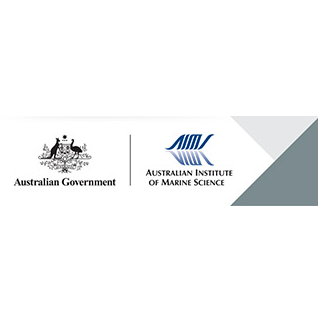Brief description
A series of photographs were taken of experimental conditions over a two-year period and analysed using digitizing techniques to determine direct and indirect effects of fish grazing, damselfish territoriality, and external bioerosion of dead coral substratumPieces of the freshly killed plating coral Pachyseris speciosa were placed under four experimental conditions on Britomart Reef: (1) within cages designed to exclude grazing fish; (2) within the territories of the damselfish Hemiglyphidodon plagiometopon; (3) beneath shade-tops to control for a decrease in light; and (4) outside damselfish territories, fully exposed to fish grazing.Three replicates (A, B, C) were conducted for each set of conditions, placed on the reef 9-11 m deep, and time-lapse photographs taken.Of the 12 plates, 3 subsets were exposed for 8, 12, 24 months.A parallel study was run at the same location and time using the same experimental design to examine the effects of fish grazing on coral recruitment. The number of competitive interactions and successful outcomes (for coral) were recorded between Acropora spat and other sessile epibiota (green alga - Palmophyllum sp.; Foram; red algae - Ceramium procumbens, Centroceras clavulatum, Gracilariopsis rhodotricha, Polysiphonia subtilissima; bryozoans; filamentous green algae; sessile polychaete - sandy tube). To determine the relationship between fish grazing, damselfish territoriality, and external bioerosion of dead coral substratum. Taxa: scarids (parrotfish); ;acanthurids (surgeonfish); small fish (Pomacentrus molluccensis, blennies); small invertebrates (pagurid and galatheid crabs - Galathea subsquamata). Three categories of borers were identified: Cliothosa hancocki; other sponges (Cliona viridis complex); and 'worms' (included polychaetes and sipunculids - Cleosiphon aspergillum).Coral recruit taxa: Acroporidae (Acropora, Seriatopora hystrix); Caryophylliid or Pectiniid (A); Fungiidae (Fungia A?, B, Compound Fungiid A); Faviid A; Mussid (A, B, C); Oculinidae (Galaxea?); Pocilloporidae (Stylophora?, possibly Pocillipora); Poritidae (Alueopora?, Porites probably P. andrewsi); Unidentified.Lineage
Maintenance and Update Frequency: notPlannedNotes
CreditSammarco, Paul W, Dr (Principal Investigator)
Modified: 23 06 2025
text: westlimit=146.75; southlimit=-18.23333; eastlimit=146.75; northlimit=-18.23333
Effects of grazing and damselfish territoriality on bioerosion of dead corals: direct effects: Sammarco PW, Carleton JH and Risk MJ (1986) Effects of grazing and damselfish territoriality on bioerosion of dead corals: direct effects. Journal of Experimental Marine Biology and Ecology 98: 1-19.
local : articleId=1945
- global : e181589b-d9a4-4d0f-88de-99d12f25ef7b


